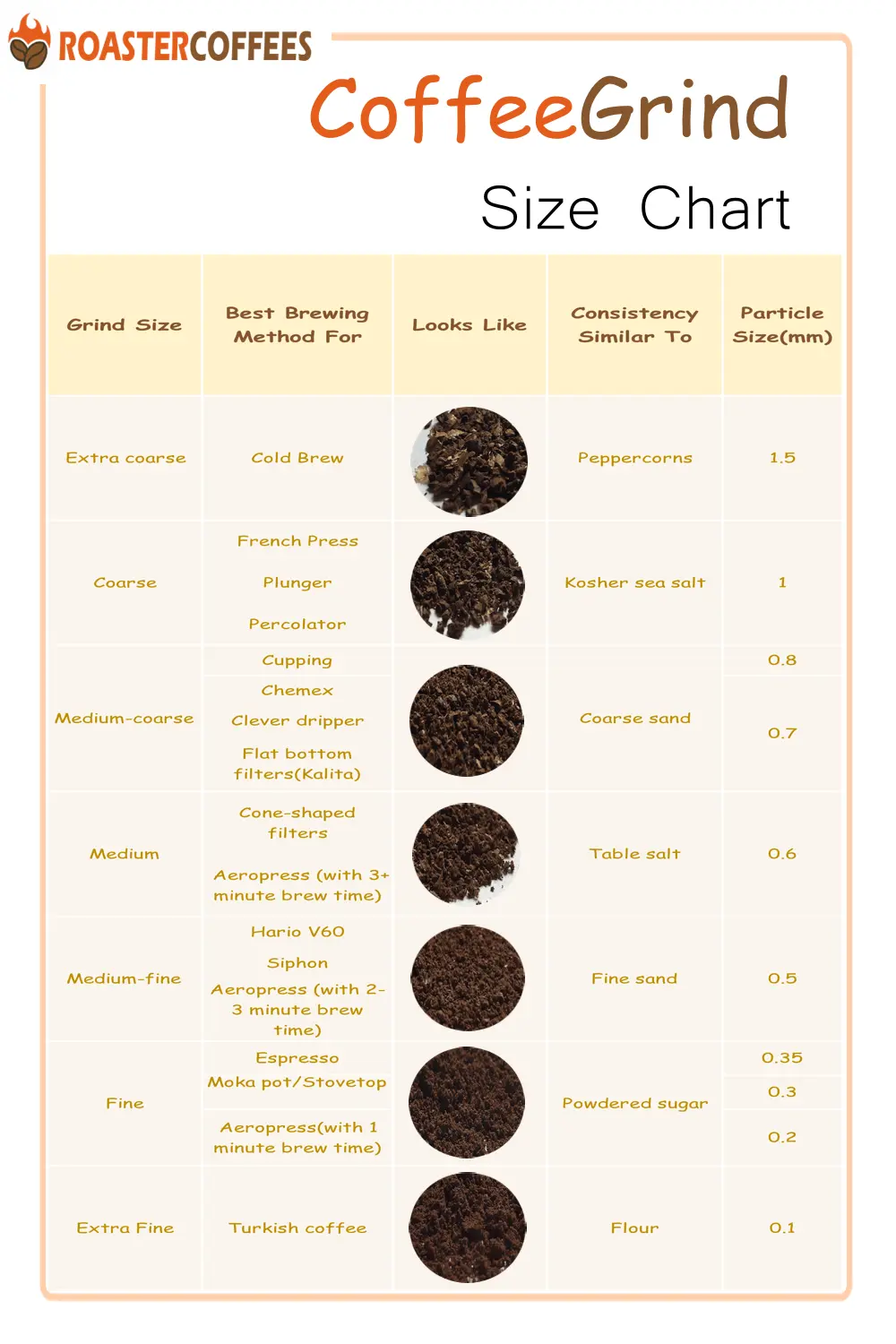The Critical Role of Coffee Roasting: Transforming Beans into Brew
Coffee roasting is an essential process that transforms green coffee beans into the aromatic, flavorful product enjoyed by millions worldwide. This art and science influence not only the taste but also the aroma, acidity, and overall experience of coffee. Understanding the intricacies of coffee roasting sheds light on its pivotal role in shaping the final cup and highlights the importance of roasting as a crucial step in the coffee supply chain.

In this article, we will explore the various stages of coffee roasting, the science behind it, the impact of different roasting profiles on flavor, and the relationship between roasting and coffee culture. We will also delve into the nuances of roasting techniques, equipment, and the importance of sustainability in the roasting process.
1. The Importance of Coffee Roasting
a. From Green to Brown: The Transformation
The roasting process is where the magic happens, transforming these beans into a brown, aromatic substance that contains complex flavor compounds. This transformation is critical, as it affects the overall quality of the coffee.
b. Flavor Development
Roasting is crucial in developing the flavors that coffee lovers cherish. The heat applied during roasting initiates a series of chemical reactions known as the Maillard reaction, which contributes to the development of the rich flavors and aromas associated with roasted coffee. Additionally, roasting alters the acidity and body of the coffee, allowing for a wide range of flavor profiles.
c. Aroma and Experience
The sensory experience of coffee is heavily influenced by roasting. The aromas released during roasting are intricate and diverse, contributing to the overall enjoyment of the beverage. The smell of freshly roasted coffee is often what entices consumers and creates an emotional connection to the drink.
2. The Coffee Roasting Process
a. Stages of Roasting
The roasting process can be broken down into several distinct stages, each contributing to the final flavor and aroma of the coffee:
Drying Stage: Initially, the green beans are heated to remove moisture. This stage is critical, as it prepares the beans for the subsequent stages. The drying stage typically lasts about 4-8 minutes, depending on the roasting method and desired roast profile.
The roasting process significantly affects caffeine content in coffee beans, but not in a straightforward manner. Contrary to common belief, darker roasts often contain slightly less caffeine than lighter roasts. This is because caffeine is stable at high temperatures, but the roasting process reduces the overall mass of the bean due to moisture loss. Consequently, a cup of lighter roast coffee may contain more caffeine by volume, as the beans are denser. However, the exact caffeine content also depends on factors like the coffee variety, brewing method, and grind size, making it essential to consider these elements for precise measurements. A caffeine calculator is a handy tool to differentiate the caffeine content of different coffees.
Browning Stage: Following the drying phase, the beans undergo the Maillard reaction, where sugars and amino acids react to create complex flavors and aromas. This stage is characterized by the development of a brown color and the emergence of sweet notes.
First Crack: As roasting continues, the beans expand and release steam, leading to a popping sound known as the first crack. This is an indication that the beans have reached a light roast and marks the transition to the next stage.
Development Stage: After the first crack, the roaster can adjust the heat to influence the development of flavors. This stage allows for a range of roast levels, from light to dark.
Second Crack: If roasting continues, the beans will undergo a second crack, signaling the transition to a dark roast. This stage is characterized by a more intense flavor profile, often with bittersweet notes.
Cooling: Once the desired roast level is reached, the beans are rapidly cooled to stop the roasting process. This is typically done using air cooling or water quenching.
b. Roasting Profiles
Roasting profiles are essential for achieving consistent results. A roasting profile includes specific temperature and time parameters that dictate the characteristics of the final product. Roasters often experiment with different profiles to highlight unique flavor notes in various coffee beans.
3. The Science Behind Roasting
a. Chemical Changes During Roasting
The roasting process is a complex interplay of physical and chemical changes that occur as the beans are subjected to heat. Key transformations include:
Moisture Loss: Green beans typically contain about 10-12% moisture, which evaporates during roasting, allowing for flavor concentration.
Maillard Reaction: This reaction is responsible for the browning of the beans and the development of rich flavors. It occurs between reducing sugars and amino acids, creating hundreds of aromatic compounds.
Caramelization: As sugars break down under heat, they caramelize, contributing sweetness and complex flavor profiles.
Oil Development: As beans darken, oils begin to emerge on the surface, adding to the aroma and body of the coffee.

b. Impact of Roasting Temperature and Time
The temperature and duration of roasting significantly influence the final product:
Light Roasts: Generally roasted at lower temperatures, light roasts preserve the natural acidity and fruity flavors of the beans. They often exhibit floral and citrus notes.
Medium Roasts: Roasted to a balanced level, medium roasts offer a harmonious combination of acidity and body. They often feature caramel and chocolate undertones.
Dark Roasts: High temperatures lead to a deeper roast, resulting in bold flavors and reduced acidity. Dark roasts often exhibit bittersweet and smoky characteristics.
4. The Impact of Roasting on Flavor
a. Flavor Profiles by Roast Level
Understanding the relationship between roast level and flavor is essential for both roasters and consumers. Here’s a breakdown of common flavor profiles associated with different roast levels:
Light Roast:
Flavor: Bright, fruity, and acidic. Notes: Citrus, berry, floral. Characteristics: Retains the original flavor of the bean, with pronounced acidity.
Medium Roast:
Flavor: Balanced, with moderate acidity and sweetness. Notes: Chocolate, caramel, nuttiness. Characteristics: Offers a well-rounded flavor profile that appeals to many coffee drinkers.
Dark Roast:
Flavor: Bold, with a heavy body and low acidity. Notes: Dark chocolate, smokiness, bittersweet. Characteristics: Often overshadow the bean’s original flavor, focusing more on the roasting process.
b. Personal Preferences and Consumer Trends
Consumer preferences for roast levels vary widely, influenced by regional tastes, cultural contexts, and individual palates. In recent years, there has been a growing interest in light and medium roasts, as coffee enthusiasts seek to explore the nuanced flavors of different coffee origins. This trend highlights the importance of education in understanding the impact of roasting on flavor.
5. The Role of Technology in Coffee Roasting
a. Advances in Roasting Equipment
Modern roasting technology has revolutionized the way coffee is roasted, allowing for greater precision and consistency. Innovations in roasting machines, software, and monitoring systems have empowered roasters to refine their techniques and achieve desired flavor profiles.
To brew a macchiato, medium to dark roasted coffee beans are ideal. The rich, bold flavor profile of a medium or dark roast complements the espresso shot, which forms the base of a macchiato. These roasts offer deeper, more robust flavors with subtle bitterness, which pairs well with the small amount of steamed milk added in a macchiato. Light roasts, while higher in acidity and brightness, may not provide the full-bodied intensity needed to balance the milk. Therefore, medium or dark roasted beans strike the perfect balance between flavor richness and the smooth, creamy texture of a macchiato.
Roasting Machines: Contemporary roasting machines offer advanced features such as programmable temperature control, automated profiles, and real-time monitoring. This technology allows roasters to replicate successful batches and fine-tune their roasting processes.
Data Analysis: Many roasters utilize data analysis software to track and analyze roasting profiles. This enables them to identify trends and make informed decisions about adjustments needed to enhance flavor.
b. The Art of Craft Roasting
Despite technological advancements, the artistry of coffee roasting remains paramount. Skilled roasters often rely on their sensory skills, intuition, and experience to make decisions during the roasting process. The combination of art and science is what sets craft roasting apart from mass production.
6. Sustainability in Coffee Roasting
a. Ethical Sourcing and Environmental Impact
Sustainability has become a critical concern in the coffee industry, affecting all aspects of production, including roasting. Ethical sourcing practices ensure that farmers receive fair compensation and that environmental considerations are taken into account.
Direct Trade Relationships: Many roasters establish direct relationships with coffee producers, fostering transparency and promoting sustainable practices. This approach helps ensure that farmers are paid fairly for their crops while supporting environmentally friendly farming techniques.
Eco-Friendly Roasting Practices: Some roasters are implementing eco-friendly practices in their operations, such as utilizing energy-efficient equipment, reducing waste, and exploring carbon offset programs. These initiatives aim to minimize the environmental impact of coffee roasting.
b. Consumer Awareness and Demand
As consumers become more aware of the environmental and social implications of their coffee choices, there is a growing demand for sustainably sourced coffee. Roasters that prioritize ethical sourcing and sustainable practices can attract a loyal customer base and contribute positively to the coffee supply chain.
7. The Cultural Significance of Coffee Roasting
a. Coffee Roasting as a Community Activity
Coffee roasting has deep cultural significance in many regions. In some communities, roasting is a communal activity that brings people together. Traditional methods of roasting, often done over an open flame, create a sense of connection and shared experience.

Cultural Variations: Different cultures have unique approaches to coffee roasting, with distinct flavors, traditions, and rituals. For example, in Ethiopia, coffee ceremonies involve roasting green beans in front of guests, highlighting the importance of hospitality and community.
Craftsmanship and Tradition: The craftsmanship involved in roasting has been passed down through generations, with many roasters emphasizing traditional techniques alongside modern innovations. This blend of tradition and innovation enriches the coffee culture.
b. The Global Coffee Movement
The global coffee movement has led to an increased appreciation for the complexities of coffee roasting. Coffee enthusiasts are increasingly seeking out local roasters, artisanal blends, and specialty coffees. This trend not only supports local economies but also fosters a sense of community among coffee lovers.
8. Conclusion
Coffee roasting plays a critical role in the journey from bean to cup, transforming green coffee into a flavorful and aromatic beverage. The intricacies of the roasting process, the science behind flavor development, and the impact of technology and sustainability all contribute to the art of coffee roasting.
As consumers become more discerning and knowledgeable about coffee, the importance of roasting in shaping the final product will continue to grow. Understanding the critical role of coffee roasting enriches the coffee experience and enhances appreciation for the craft behind this beloved beverage. From the choices made in sourcing beans to the techniques employed during roasting, every step influences the flavor, aroma, and cultural significance of coffee, making it a truly unique and cherished experience worldwide.
References:
10 Ways to Improve Your Breakfast Coffee
Stirring for Better Drip Coffee: The Science and Art Behind a Simple Technique